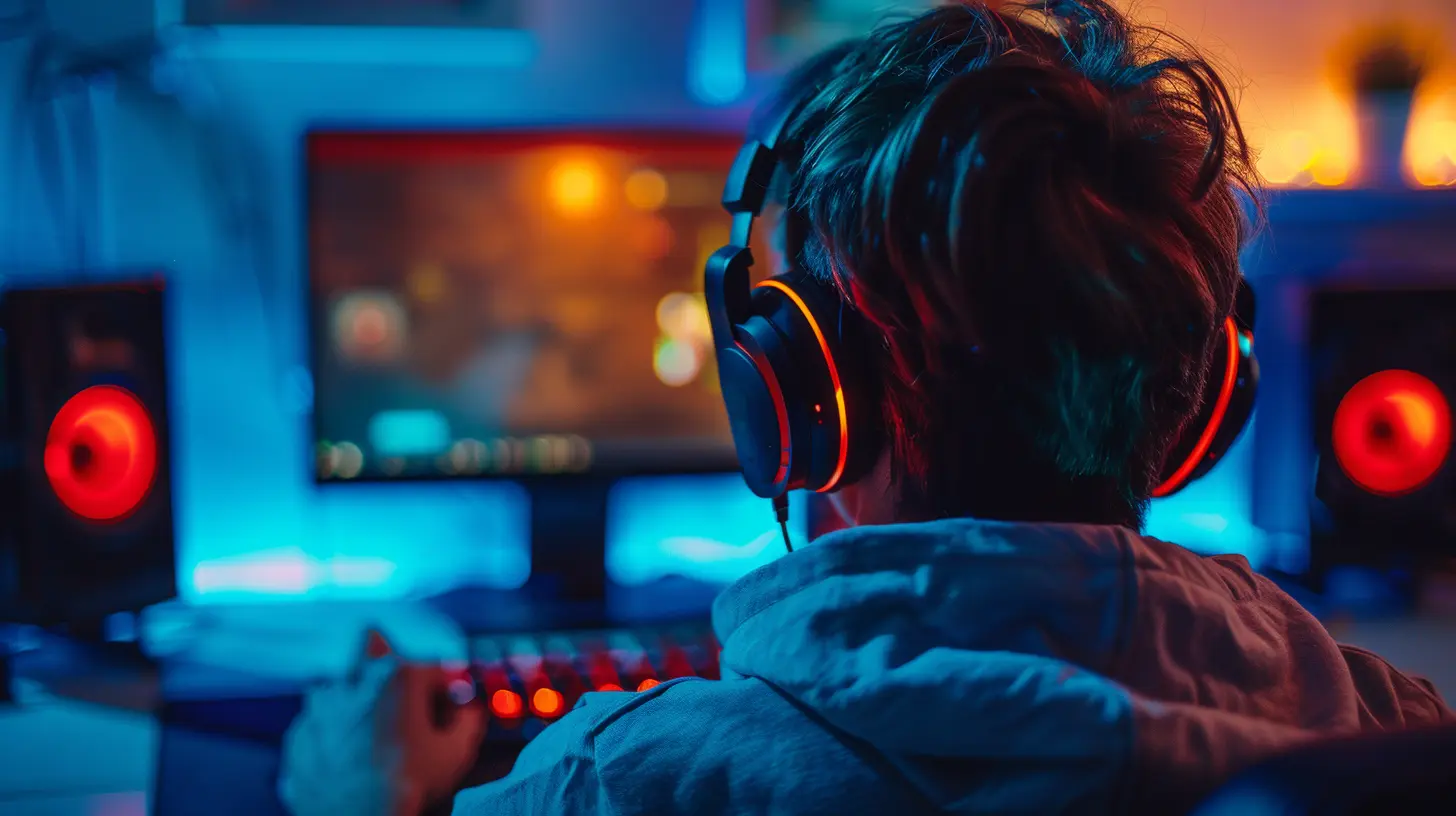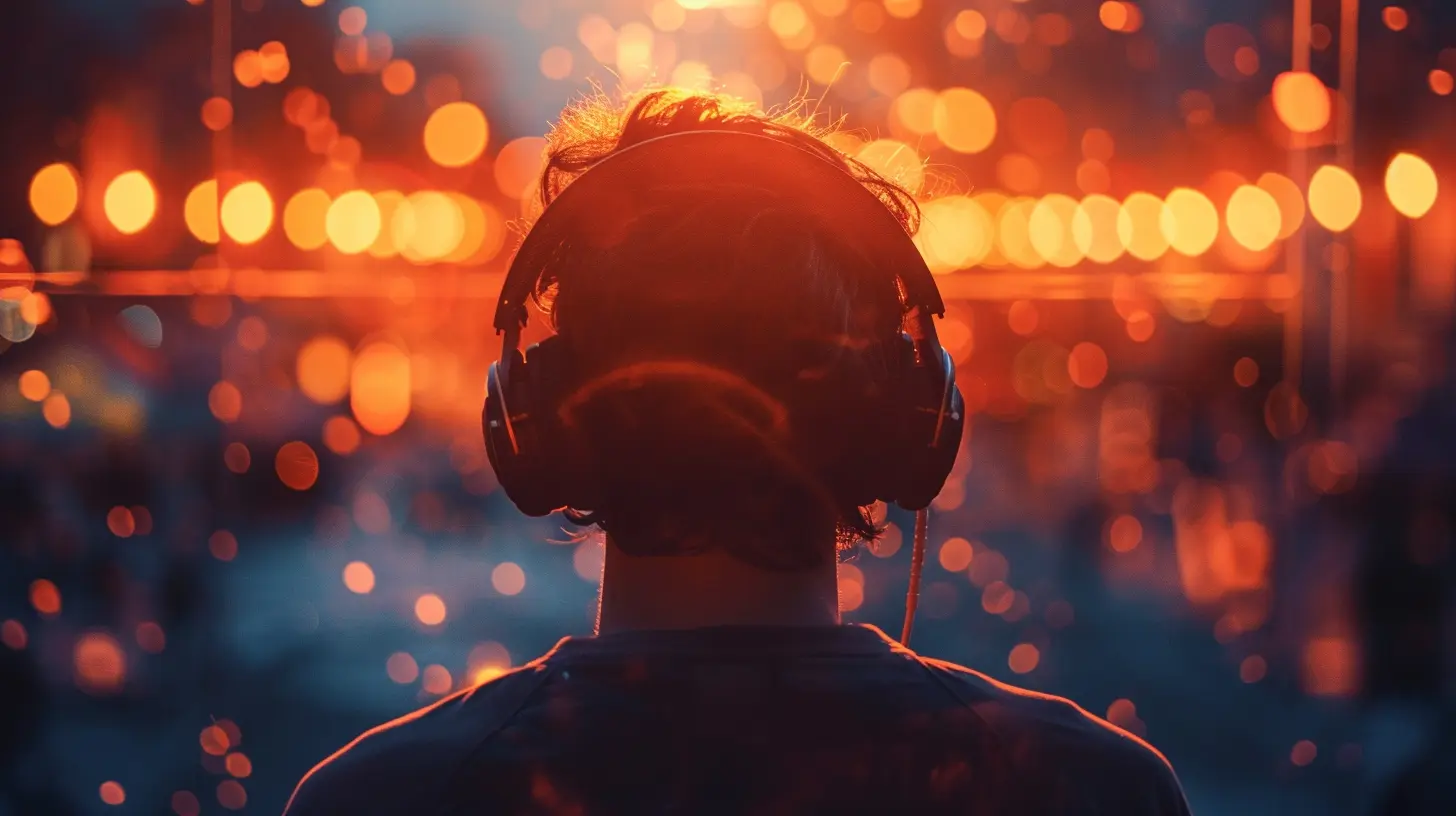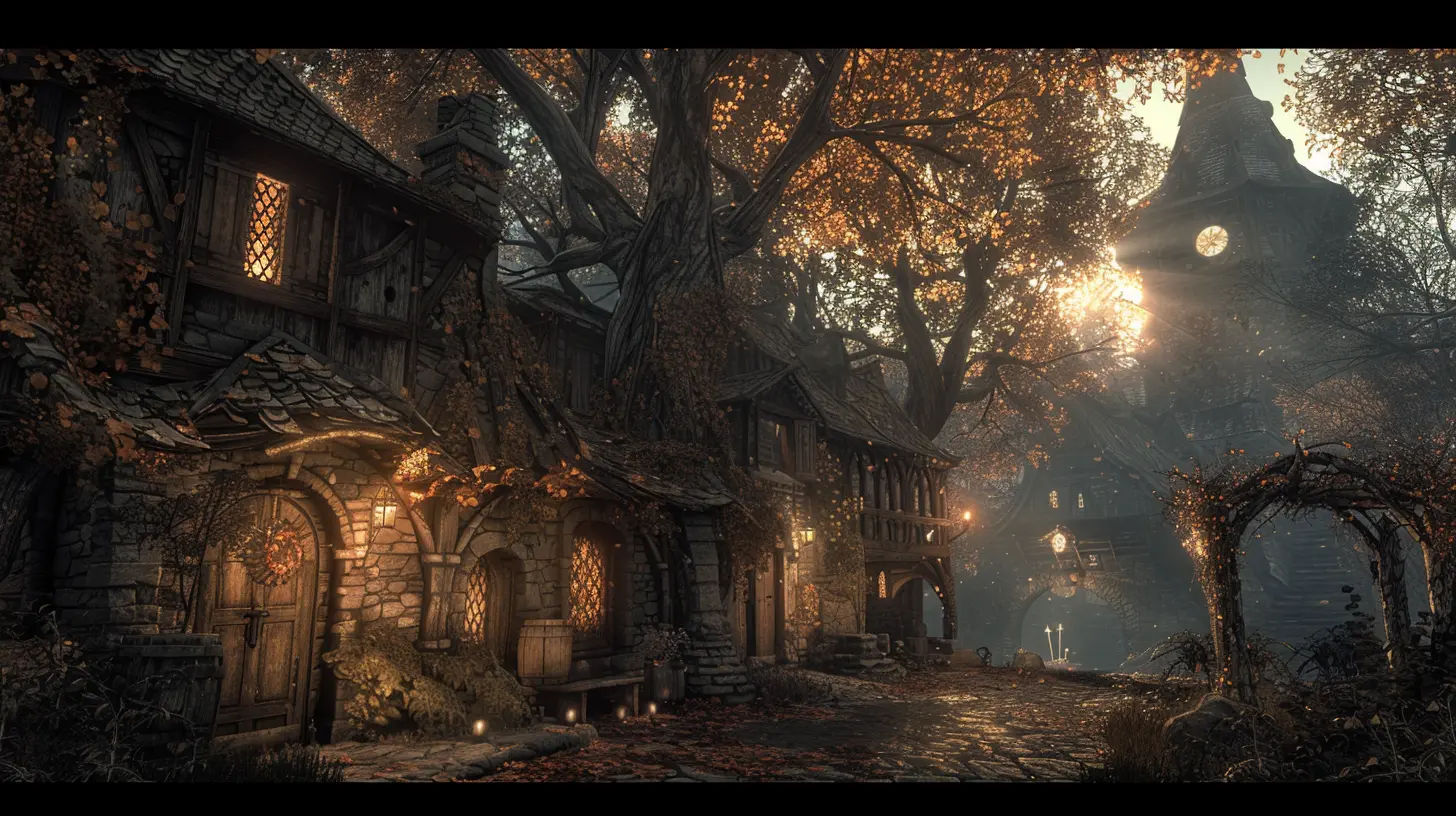Atmospheric Excellence: How Audio Plays a Role in Game Immersion
1 September 2025
When was the last time a game gave you literal goosebumps? Maybe it was the eerie echo of footsteps in a dark, desolate corridor. Or perhaps it was the swell of an orchestral score right as you hit a pivotal moment in your adventure. Chances are, those feelings had everything to do with the audio. Yep, the unsung hero of gaming—sound.
It’s no secret that video games have mastered the art of visuals. From hyper-realistic character models to breathtakingly vast landscapes, we’re often wowed by what we see. But there’s one vital ingredient people tend to overlook when talking about immersive experiences: audio. Trust me, sound can make or break a game’s atmosphere. Let’s dive into why audio is the MVP when it comes to pulling you into another world—and keeping you there. 
The Power of Sound: Why It Matters
Think about your favorite movie for a second. Imagine watching it on mute. Feels weird, doesn’t it? That’s because audio is what breathes life into a story. Games, being interactive in nature, take this concept to a whole new level. They don’t just tell you a story—they make you feel it.Game audio isn’t just about having a “cool soundtrack” (though, let’s be honest, that’s always a bonus). It’s about creating an atmosphere, building tension, and adding layers of depth. It whispers in your ear, "You’re not just holding a controller or pressing keys—you’re here." 
Setting the Mood: Ambient Sound and Environment
Picture this: You're walking through a dense forest in a game. The sunlight filters through the leaves, but what really sells the scene? It’s the chirping of birds, the rustling of leaves, and the distant babbling of a brook. Those tiny details make the world feel… alive.Ambient sound is the unsung hero of immersion. It’s subtle, almost unnoticeable sometimes, but that’s its magic. It’s less about grabbing your attention and more about filling the silence so that the world doesn’t feel empty.
Imagine playing a horror game without the ominous hum of wind or the occasional creak of floorboards. Would you feel the same level of dread? Nope. Ambient audio tricks your brain into believing in the environment you’re exploring. It’s the glue that holds the atmosphere together. 
Music: The Heartbeat of Emotion
What’s a game without a killer soundtrack, right? Music does more than just sound good—it drives the emotional core of a game. A great score amplifies whatever emotion the game is trying to evoke, whether it's heart-pounding intensity, peaceful serenity, or bittersweet nostalgia.Take “The Legend of Zelda” series, for example. You know you’re about to embark on an epic adventure the moment that iconic opening theme kicks in. Or think about games like “The Last of Us,” where the hauntingly beautiful melodies pull at your heartstrings.
Music sets the tone. It’s like the heartbeat of the game, subtly guiding your emotions without you even realizing it. Upbeat tracks tell you it’s time to gear up for a fight, while soft, somber notes remind you to pause and reflect on the journey. 
Dialogue and Voice Acting
Ever played a game where the dialogue felt stiff, robotic, or just plain awkward? Yeah, it’s painful. But when voice acting is done right, it’s like magic. Suddenly, characters feel like real people instead of just polygons on your screen.Take “Red Dead Redemption 2.” The way Arthur Morgan growls out his lines? It’s iconic. You feel his pain, his frustration, his joy. That’s the power of good voice acting—it bridges the gap between player and character.
Even the simple things, like NPCs chatting in the background or your companion throwing out quirky one-liners, can make a game world feel lived-in. It’s like walking through a crowded street in real life, overhearing snippets of conversation. Those moments add texture to the experience.
The Role of Sound Effects: Tiny Details, Big Impact
Let’s talk about sound effects real quick. They’re like the seasoning on a perfectly cooked steak—small, but absolutely essential.Imagine firing a gun in a shooter game. Now, imagine if that gun sounded like a party popper. Not very satisfying, right? The sound of your weapon needs to have weight, impact, and a little bit of oomph to it.
The same goes for footsteps, doors creaking open, or even the “ding” of collecting a coin. These sounds might seem minor, but without them, the game would feel… hollow. Every little noise adds to the believability of the world you’re in.
Dynamic Audio: When Sound Reacts to You
Alright, here’s where things get really cool. Ever noticed how the sound in some games changes based on what you’re doing? That’s called dynamic audio, and it’s one of the most immersive tricks in a developer's toolbox.Say you’re sneaking around in “Assassin’s Creed.” The music fades into a tense, quiet rhythm, as if holding its breath right along with you. But the moment you’re spotted? BAM! The music ramps up, heart racing in sync with the action.
It’s like the game is alive, reacting to your every move. This kind of interactivity pulls you deeper into the experience, making you feel like the star of your own movie.
Why Audio is Often Overlooked
So, why don’t we give game audio the same love as, say, graphics? Part of it might be because sound is more of a “feeling” thing. You don’t always notice it outright, but you feel the absence when it’s not there—or when it’s done poorly.Think of it like seasoning in a dish. You won’t always taste the individual spices, but if they’re missing? The whole meal feels bland. Same goes for sound in games.
Audio Challenges: The Struggle to Get It Right
Creating great game audio isn’t easy, though. Developers face a ton of challenges, from balancing sound design with gameplay mechanics to making sure the audio doesn’t become repetitive or annoying.And let’s not forget hardware limitations. Not everyone has a high-end sound system or fancy headphones, so the audio needs to work across a variety of setups. That’s a tall order!
But when developers nail it? Oh, it’s magic.
The Future of Game Audio
With advancements in tech, audio design is only getting better. We’re talking about things like 3D spatial audio, where you can pinpoint exactly where a sound is coming from. Games like “Hellblade: Senua’s Sacrifice” have already dipped their toes into this, using binaural audio to make the voices in Senua’s head feel eerily close—like they’re whispering directly into your ears.Virtual reality takes this a step further by making sound even more crucial. In VR, audio isn’t just a supporting player—it’s essential. Without realistic sound, the illusion breaks, and you’re yanked out of the experience.
Final Thoughts: Audio is the Soul of Immersion
At the end of the day, audio does more than just complement the visuals—it completes them. It wraps you in the game’s world, makes you feel its story, and connects you emotionally to the characters.So, next time you boot up a game, take a moment to really listen. Whether it’s the clang of a sword, the whisper of the wind, or the swelling crescendo of a battle theme, know that every sound was meticulously crafted to pull you further into the journey. And honestly? That’s pure magic.
all images in this post were generated using AI tools
Category:
Game ReviewsAuthor:

Greyson McVeigh
Discussion
rate this article
1 comments
Verity Ortiz
This article beautifully highlights how audio elevates immersion, transforming gameplay into a truly captivating experience.
September 29, 2025 at 4:45 PM

Greyson McVeigh
Thank you! I’m glad you found the article resonates with the impact of audio on gameplay immersion.


